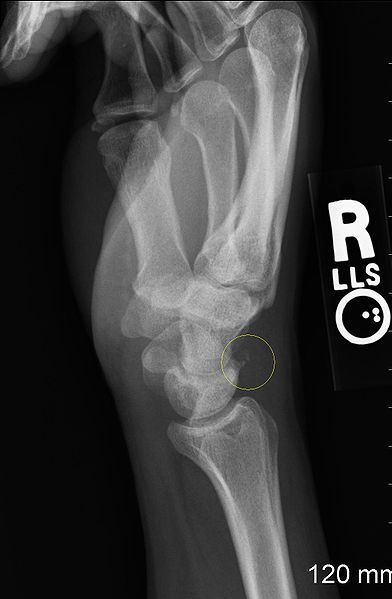nalco group
bone, muscle & joint pain physio
BOOK NOW / WHATSAPP ABOUT YOUR PAIN OR INJURY
- NOVENA 10 Sinaran Drive, Novena Medical Center #10-09, Singapore 307506
- TAMPINES 9 Tampines Grande #01-20 Singapore 528735
- SERANGOON 265 Serangoon Central Drive #04-269 Singapore 550265
Home
> Blog
> Physiotherapy
& Hand Therapy > Conditions
> Fractures > Avulsion Fracture
Avulsion Fracture
Physiotherapy and Hand Therapy

Avulsion fractures happen when a bone fractures/breaks and a ligament or tendon that is attached TO THE BONE pulls a fragment of the bone (usually away from the fracture area).
Normally avulsion fractures heals without the need for any orthopedic surgeries, as long as the bone is pretty much stable and near the original fracture area and the bone fragment doesn't get/cut into into of the nearby structures.
when does avulsion fractures get more serious?
Avulsion fractures becomes more complex and serious when there are additionally other injuries such as nearby tendons or ligaments getting damaged due to the sharp bony fragments lacerating/cutting it...and in such cases, invasive orthopedic surgeries may be required to either remove or stabilize the bony fragment to the fracture location to prevent ongoing/future damage to other structures.
An example:
If there is a sharp bony fragment that is located near a ligament, the ligament may be at risk of "slow" laceration and cuts by the sharp edge and eventually may rupture when the cut is severe enough.
other times when avulsion fractures require surgery
Orthopedic surgical intervention will more likely be required in children who sustain avulsion fractures especially when these fractures are near or on growth plates; because we dont want their growth to be affected, or even worse, uneven (uninjured side grows normally and injured side faster/slower).
hand therapy and physiotherapy post avulsion fractures
Following an avulsion fracture, one will almost always need physiotherapy and hand therapy.
If it's a small and simple fracture, therapy will more likely comprise of
- resting brace (to protect the injury and fracture area and heal well, and prevent further fractures - these are custom-made in our clinics by the resident specialist hand therapist)
- cold/ice pack therapy (to decrease swelling and stiffness)
- mobilization (to allow glide of soft tissues and joints for movement)
- gradually focus on strengthening and return to work (to return back to life)
If it's a complex avulsion with surgical intervention, the above still applies, but what's different is:
- the length of total time/number of therapy sessions required. Simple cases can take 6-18 plus minus sessions of therapy over 2-4 months, but complex cases can take 12-60 sessions over 3-6 plus minus months
- the reason for this is that complex cases including surgical intervention will cause a lot more swelling that causes much more stiffness that "lingers" and "returns" over a period of time.
Therapy is always gentle, and used with cold therapy and pain killers to decrease the swelling and pain to ensure it's comfortable (too rough therapy can aggravate swelling and stiffness and outcomes).
Once the avulsion facture is stabilize, patients will be placed under more active hand therapy and physiotherapy exercise and mobilization including AROM (active range of motion) exercises, scar treatment and management, edema and swelling management, strengthening, work hardening etc.
